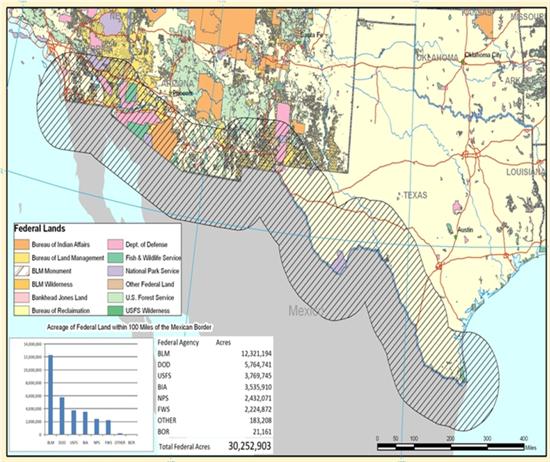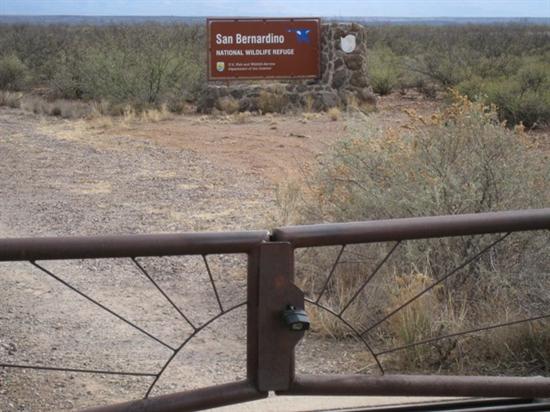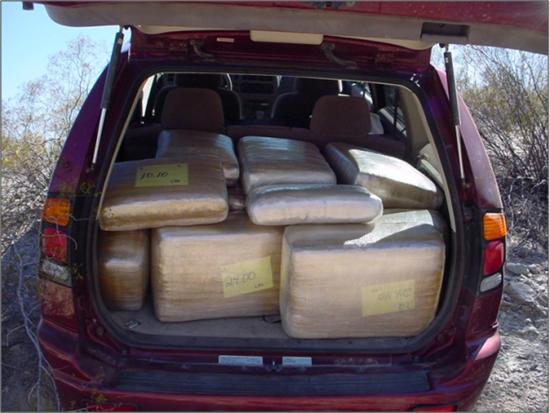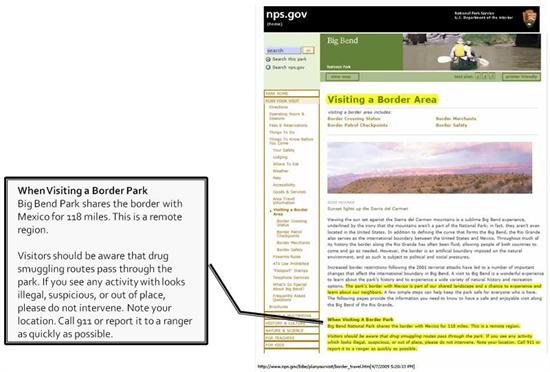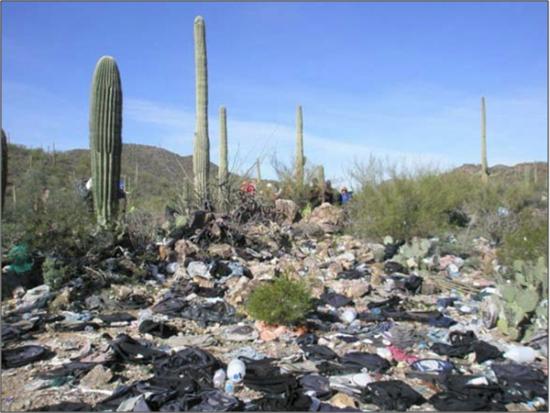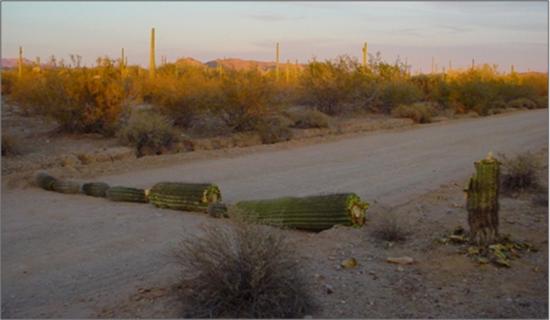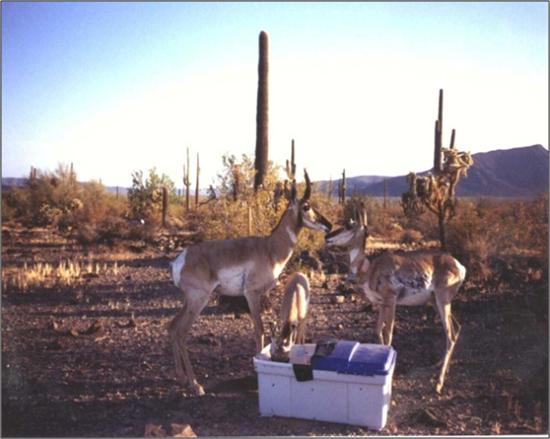DEADLY RISK: AMERICAN CATTLE
RANCHING ON THE MEXICAN BORDER AND OTHER
TRUE CATTLE RANCHING STORIES
The living legends of
the American Cowboy reflect the American Dream of spirit, fortitude, and
dedication to principles as their destiny created the story of the American
West. It all began in the desert region
of South Africa (now Chad), ten thousand years ago before the Sahara Desert was
created by worldwide glacial climate change.
Early hunter-gatherers domesticated the Auroch ox, the first bovine
species of cattle that served to advance agriculture and survival.
Early “cattle ranching”
was initiated when hunter/gatherers migrated with their herds up the
Tigris-Euphrates Rivers then expanded into India, Europe and United States when
Ponce de Leon brought Andalusian cattle into Florida from Spain. “Western Expansionism” gave birth to the
cattle industry in the American West
These true stories of early pioneer cattle
ranchers instill the American spirit into the 21st century. As legendary
cowboy author, J.P.S. Brown (Nogales, Arizona), says, “Real cowboys are not always who you think they are whether
or not they wear boots and cowboy hats; it is their Spirit that lives.”
Renee Strickland
(Myakka City, Florida), tells her challenging 21st Century effort to
initiate the global cattle industry as a gateway into Africa and the Middle
East. Jimmie Hargrove (Lake Placid)
describes his family’s survival strategy establishing a ranch in Wild Florida
when he was just a child.
The tragic story
of border heritage rancher, Rob Krentz (murdered by a suspected illegal) is
told by his dedicated wife, Sue, (Douglas, Arizona) with other border ranchers
describing their everyday battles with the Mexican Cartel: John Ladd (Bisbee, Arizona), Ed Ashurst
(Apache, Arizona). Interview with Scott George, Pres. National Beef Cattleman
responding to ranchers on border issues; Sheriff Lanier Hardee County on cartel
drug bust in Lake Placid, Florida; McCain statement; Sen. Rubio and Flake (AZ) refusing
to answer border rancher questions.
True stories in
this book reflect different lives, different places and times, but reveal a
common unity of purpose: Survival. Born in Tombstone, AZ, Caren Cowan, Executive Director, New Mexico
Cattle Growers Association (Albuquerque, New Mexico) describes her heritage; Don
Reay, Executive Director, Texas Border Sheriff’s Coalition (El Paso, Texas)
shares his experiences in Border Patrol/Customs. In Florida, there are the stories of James
Prescott (Lake Placid), Joel Tyson (Fellsmere, Florida), and the ancient history
of the Belle Glades Indians preserved at the Blueberry Archaeological Site (Lake
Placid, Florida) AND Tex. Ag Commissioner on border security.
In a world wrought with
political strife, man waging war against man, global power struggles, new technology
and climate change, the cowboy Spirit and Heritage gives hope for humanity as joy, suffering, grief, emotional, spiritual
challenges arrive upon our doorstep through these true stories. Hopefully, their lives will inspire future
generations to recognize that the global frontier and beyond it is yet to be
fulfilled and will challenge those who dare to carve it.













